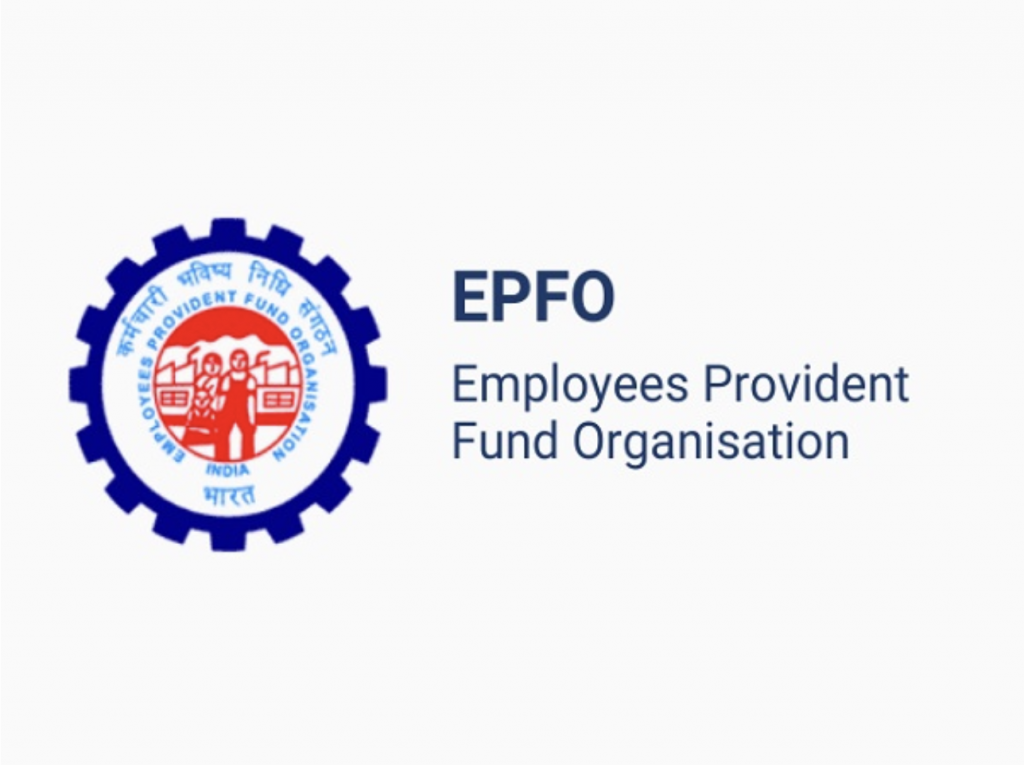
Creating an EPF account in India will be guided in this article. Whether you’re new to the workforce or transitioning jobs, understanding how to create and manage your EPF account is essential.
Table of Contents
1. Understanding the EPF: What Is It?
The Employees’ Provident Fund (EPF) is a retirement benefits scheme available to all salaried employees in India. Under this scheme, both the employer and the employee contribute a specific percentage of the employee’s salary to the EPF account, which earns interest over time.
Key Benefits of EPF:
- Long-term Savings: A compulsory savings plan with guaranteed returns.
- Tax Benefits: Contributions to the EPF are eligible for tax deductions under Section 80C of the Income Tax Act.
- Security: Provides financial security after retirement.
2. Eligibility Criteria for Opening an EPF Account
Before creating an EPF account, it’s crucial to know if you’re eligible:
- Employment Status: The EPF scheme is mandatory for employees earning a basic salary of up to ₹15,000 per month.
- Employer Contribution: Your employer must be registered with the Employees’ Provident Fund Organisation (EPFO) for you to create an EPF account.
- Age: There is no age limit to open an EPF account, but contributions can only start after employment.
3. How to Create an EPF Account Online: A Step-by-Step Guide
Creating an EPF account is straightforward if you follow these steps carefully:
Step 1: Obtain Your UAN (Universal Account Number)
The first step in creating an EPF account is to obtain your UAN. This unique 12-digit number is provided by your employer and remains the same throughout your career.
Step 2: Activate Your UAN on the EPFO Portal
- Visit the EPFO Member Portal.
- Click on the “Activate UAN” link.
- Enter your UAN, Member ID, Aadhaar, PAN, and other required details.
- Click on “Get Authorization Pin.”
- You’ll receive an OTP on your registered mobile number. Enter the OTP to activate your UAN.
Step 3: Log In to the EPFO Member Portal
- After activation, log in to the EPFO Member Portal using your UAN and password.
- Update your KYC details, including Aadhaar, PAN, and bank details, to ensure seamless transactions and withdrawals.
Step 4: Linking Your EPF Account with Aadhaar
- Navigate to the “Manage” section on the EPFO portal.
- Click on “KYC” and select “Aadhaar.”
- Enter your Aadhaar number and click on “Save.”
- Your Aadhaar will be verified by UIDAI, and once approved, it will be linked to your EPF account.
Step 5: Checking Your EPF Balance
- Log in to the EPFO portal.
- Go to “View” and select “Passbook.”
- You can view your EPF balance and track contributions made by both you and your employer.
4. Contributions to Your EPF Account
Understanding how contributions work is crucial:
- Employee’s Contribution: 12% of the basic salary and dearness allowance is deducted from the employee’s salary and credited to the EPF account.
- Employer’s Contribution: The employer also contributes 12%, out of which 3.67% is credited to the EPF and 8.33% to the Employee Pension Scheme (EPS).
- Interest Rate: The interest rate for EPF is reviewed annually by the EPFO. For the fiscal year 2023-24, the rate is 8.5%.
5. EPF Withdrawals: When and How Can You Withdraw?
EPF withdrawals can be made under specific conditions:
Partial Withdrawals:
- Medical Expenses: You can withdraw up to 6 times your basic salary.
- Marriage or Education: You can withdraw up to 50% of your EPF balance for marriage or education.
- Home Loan Repayment: You can withdraw up to 90% of your EPF balance.
Full Withdrawals:
- Retirement: You can withdraw your entire EPF balance upon reaching the age of 58.
- Unemployment: You can withdraw 75% of your EPF balance if you are unemployed for more than two months.
6. EPF vs. PPF: Which is Better for You?
EPF (Employees’ Provident Fund):
- Eligibility: Available to salaried employees.
- Interest Rate: 8.5% (subject to annual revision).
- Withdrawal: Allowed under specific conditions.
PPF (Public Provident Fund):
- Eligibility: Available to all Indian citizens.
- Interest Rate: 7.1% (subject to annual revision).
- Withdrawal: Partial withdrawal allowed after 7 years.
Conclusion: Both EPF and PPF offer tax benefits and long-term savings, but EPF is more suitable for salaried employees, while PPF is open to all.
7. Common FAQs about EPF Account Creation
Q1: Can I have multiple EPF accounts?
A: No, you should have only one UAN linked to all your EPF accounts across different jobs.
Q2: Is it mandatory to contribute to the EPF?
A: Yes, for employees earning up to ₹15,000 per month. However, employees earning above this limit can opt-out at the time of joining.
Q3: How can I transfer my EPF account when switching jobs?
A: You can transfer your EPF account online through the EPFO portal using the “One Member-One EPF Account” facility.
8. Conclusion
Creating an EPF account is an essential step for securing your financial future. By understanding the process and making informed decisions, you can maximize the benefits of the EPF scheme. Whether you’re just starting your career or planning for retirement, the EPF provides a reliable and tax-efficient way to save.
For more content: Finance related, Applications related, Websites related.
